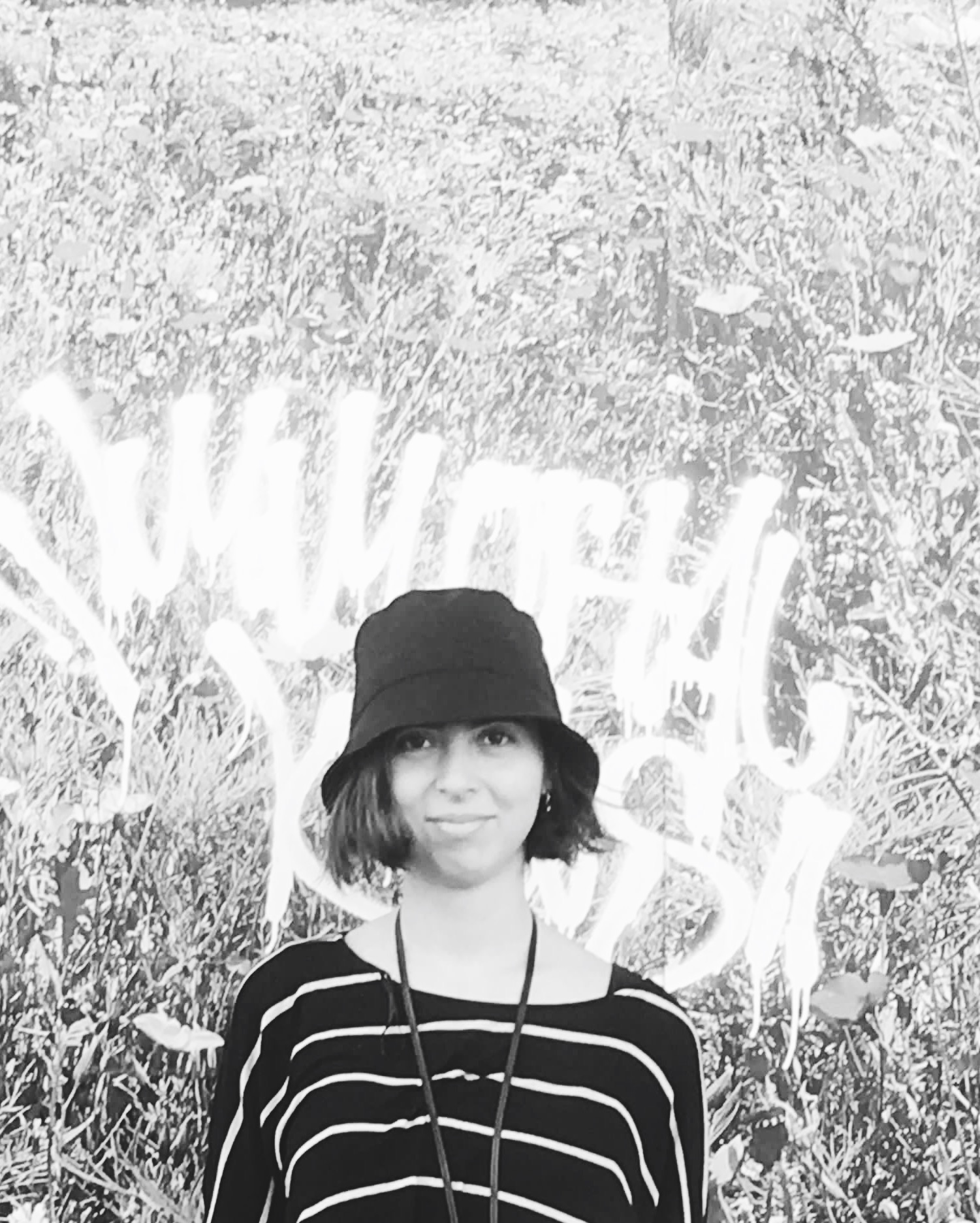
DANIELA MEDINA POCH CO|DE
CAMPO AIR December resident
danielamedinapoch.com
Daniela Medina-Poch is an artist and researcher from Bogotá based in Berlin. Medina-Poch investigates how unofficial histories and interspecies entanglements contribute to the conception of ecocentric narratives. Her works have been exhibited in venues such as MAMBO 2023; CCA Berlin 2023; Fridays for Future-Documenta Fifteen 2022; FHXB-Museum; TBA21-Academy 2022; XXII-Bienal de Cerveira 2021; The I Listening Biennial 2021; SAVVY-Contemporary 2020, amongst other. She has been part of Cittadellarte Fondazione-Pistoletto 2023, Marebox-EU 2021, FLORA ars+natura 2018 and “lugar a dudas” 2017 residency programs. This year she took part in the Goldrausch Fellowship-program and has been awarded the DAAD STIBET scholarship and the Rhizome Microgrant. Her works are part of the permanent collections of the Museo de Arte Moderno de Bogotá, and the digital platforms of Collecteurs and Museo de Memoria Histórica de Colombia in Bogotá. She has an MA from the UDK Berlin and is co-initiator of the curatorial program Babel Media Art.
Sustaining Softness between Thistles and Snakes
In the hills of the town of Garzón, sheep walk among thistles and snakes. From time to time, fleeting entanglements between sheep and thistles soften the threatening thistle thorns when, in the randomness of contact and movement, the plants acquire pieces of wool on their prickly surfaces. Thistles are also entangled in the fur of sheep, which are seen carrying ‘shells of thorns’.
Such images of softness and roughness are the inspiration and reference for this piece.
Sustaining Softness between Thistles and Snakes seeks to celebrate a softness that exposes and protects, a softness as a political stance that sustains itself despite the geopolitical, eco-social and economic adversities of the planetary times we live in.
The piece is made in dialogue with José, a local sheep herder with whom an exchange of stories was made by felting technique, seeking to revalue wool and the work of shepherding, which seem to be more and more invisible and precarious. The softness and roughness are also expressed in the rural environment where beyond a romantic relationship with nature as landscapes of contemplation, there are relationships of domestication towards the field that is resource and food. Behind the softness there are invisible labors and, as in the case of thistles and sheep, a tangle of non-binary and admirable symbiotic relationships.